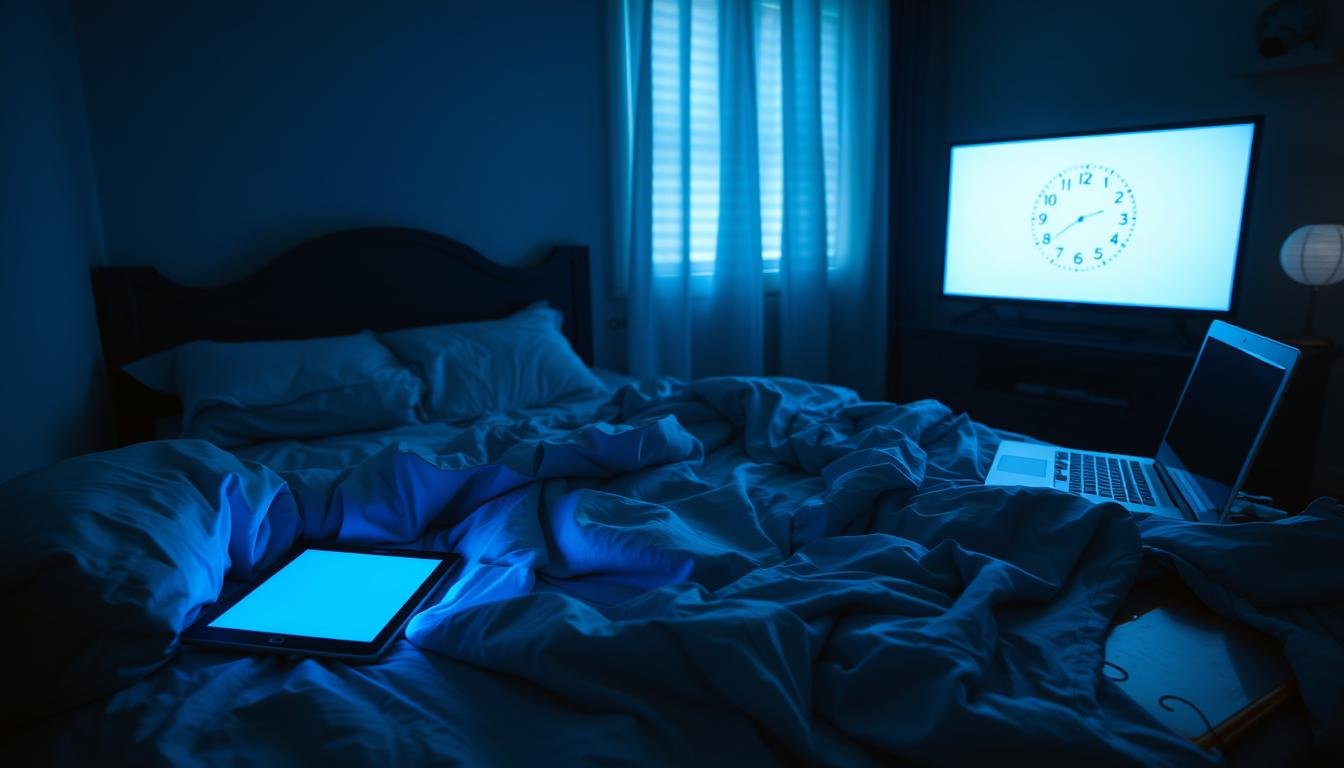We spend nearly a third of our lives sleeping, yet many of us struggle to get the quality rest our bodies desperately need. While you might blame stress or your busy schedule for those restless nights, the real culprits could be hiding in plain sight—right in your bedroom. These silent sleep saboteurs create an environment that works against your body’s natural sleep mechanisms, leaving you tired and frustrated despite spending adequate time in bed.
In this guide, we’ll uncover the five most common hidden sleep destroyers lurking in your bedroom and provide practical, science-backed solutions to transform your sleep space into the restful sanctuary it should be.
1. Electronic Devices: The Blue Light Bandits
That innocent-looking smartphone on your nightstand might be the biggest culprit behind your sleep struggles. Electronic devices emit blue light that disrupts your body’s production of melatonin, the hormone responsible for regulating your sleep-wake cycle.
According to the National Sleep Foundation, exposure to blue light in the evening can delay your body’s natural sleep onset by up to three hours. Even more concerning, a Harvard Medical School study found that blue light exposure suppresses melatonin production twice as long as other light wavelengths and shifts your circadian rhythm by twice as much.
Your brain interprets blue light as daylight, signaling that it’s time to be alert and awake—exactly what you don’t want when trying to fall asleep. This disruption extends beyond just falling asleep; it reduces REM sleep, the restorative phase crucial for cognitive function and emotional well-being.
Solutions for Electronic Sleep Disruptors:
For those who find it particularly difficult to disconnect, consider reading a physical book or practicing gentle stretching as alternative pre-sleep activities that promote relaxation without blue light exposure.
2. Poor Air Quality: The Invisible Sleep Thief
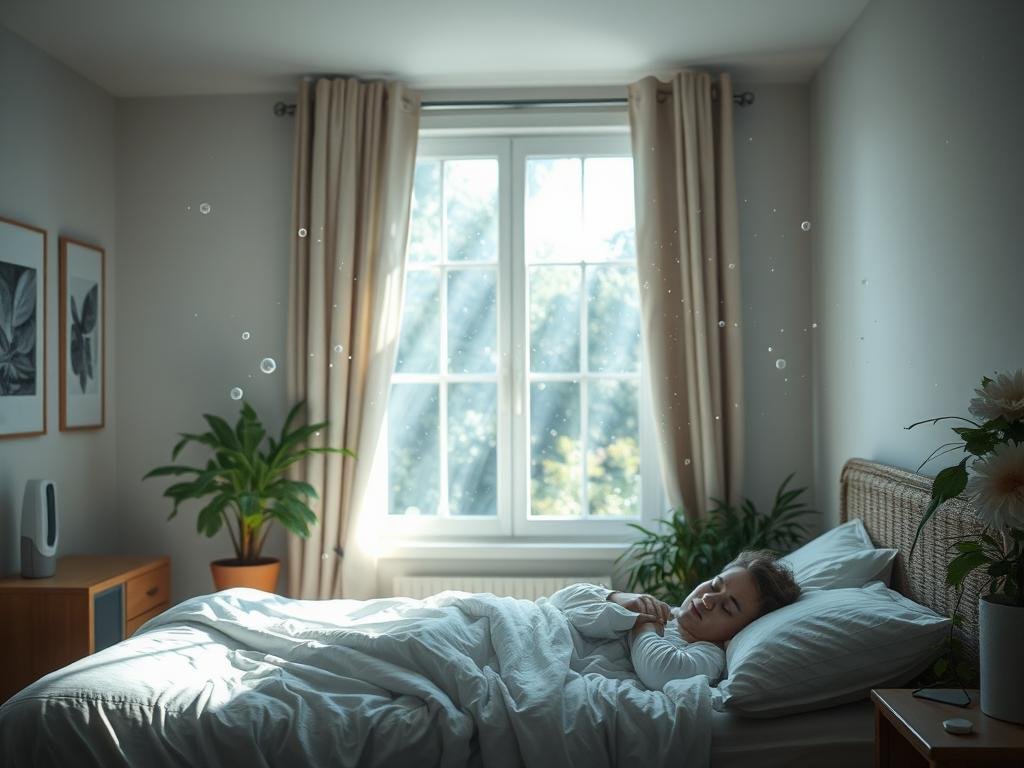
The air in your bedroom could be silently sabotaging your sleep quality. Research published in the Journal of Sleep Research demonstrates that poor indoor air quality significantly reduces sleep efficiency and increases nighttime awakenings.
Common bedroom air pollutants include dust mites, pet dander, mold spores, and volatile organic compounds (VOCs) from furniture, paint, and cleaning products. These irritants can trigger allergic reactions, cause respiratory issues, and force your body to work harder during sleep—a time when it should be recovering.
Dust mites, in particular, thrive in bedding and mattresses, with the average bed containing between 100,000 to 10 million of these microscopic creatures. Their waste products are potent allergens that can cause congestion, coughing, and breathing difficulties throughout the night.
Solutions for Improving Bedroom Air Quality:
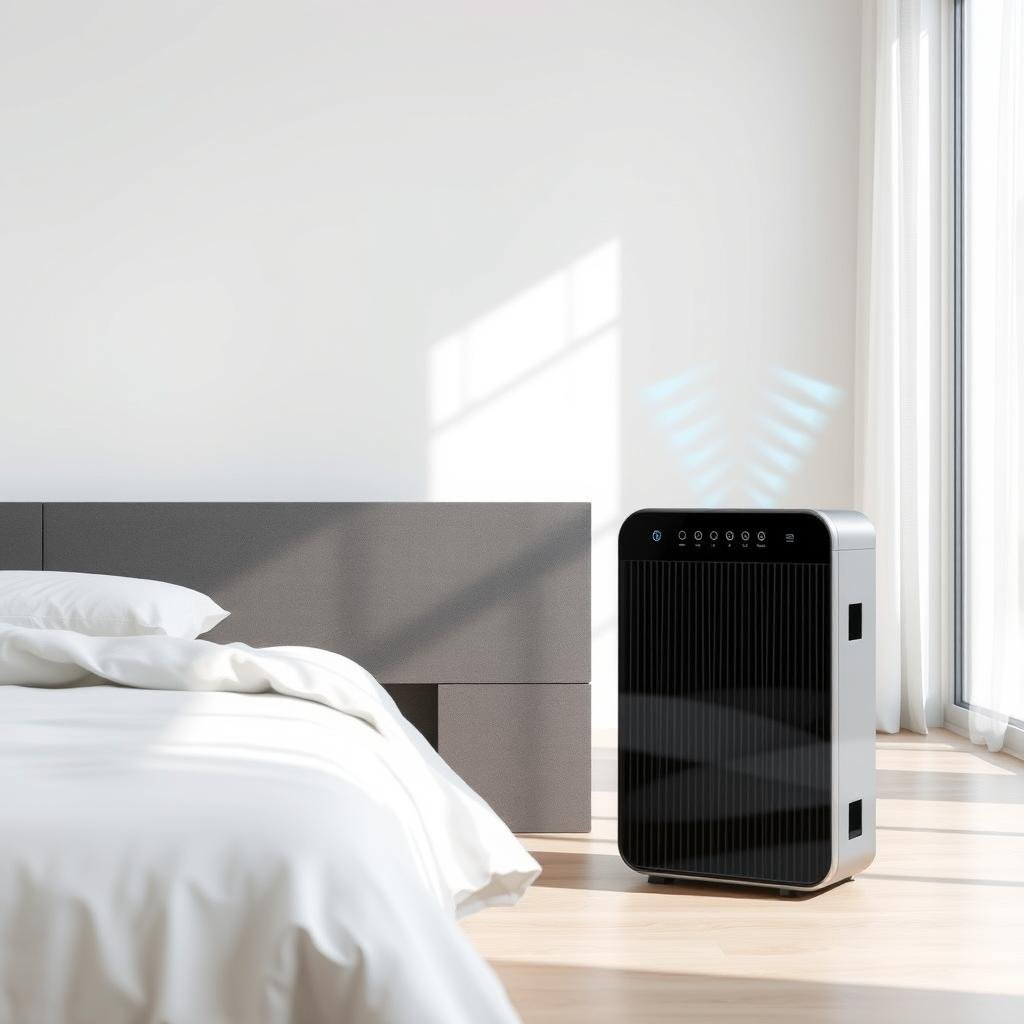
Invest in a high-quality HEPA air purifier that can remove up to 99.97% of airborne particles as small as 0.3 microns. Place it near your bed for maximum benefit during sleep hours.
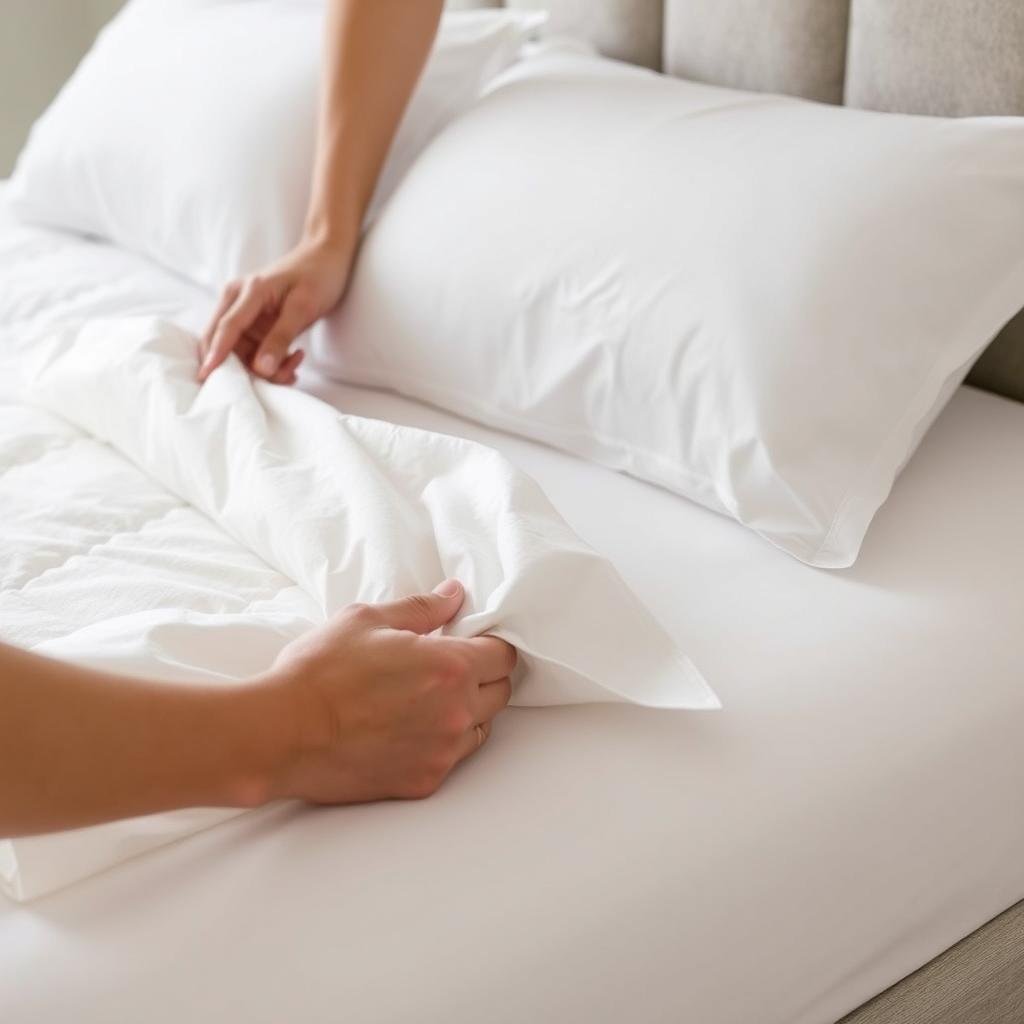
Use allergen-proof mattress and pillow covers that create a barrier between you and dust mites. Wash all bedding weekly in hot water (at least 130°F) to kill dust mites and remove allergens.
3. Temperature Imbalance: Too Hot or Too Cold
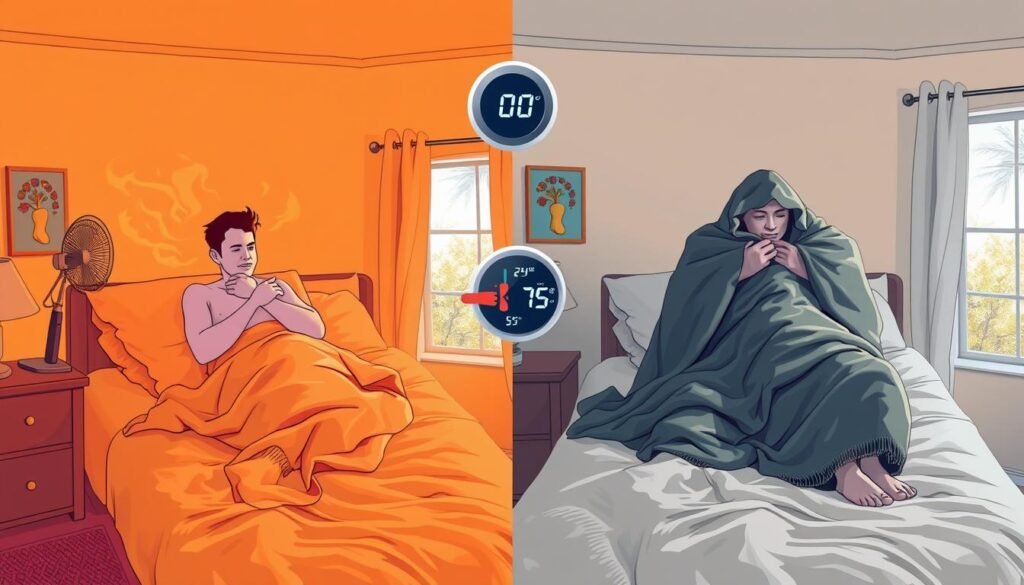
Your bedroom’s temperature plays a crucial role in sleep quality that many people underestimate. According to sleep scientists at the National Sleep Foundation, the ideal bedroom temperature for optimal sleep is between 60-67°F (15-19°C)—significantly cooler than most people keep their homes.
Your body temperature naturally decreases as part of the sleep process. When your bedroom is too warm, it interferes with this natural drop, making it harder to fall asleep and stay asleep. Conversely, a room that’s too cold can also disrupt sleep as your body struggles to maintain its core temperature.
Research from the University of South Australia found that even mild heat exposure during sleep decreases slow-wave sleep (the most restorative phase) and increases wakefulness. Their studies showed that poor temperature regulation was responsible for more sleep disturbances than noise.
Solutions for Temperature-Related Sleep Issues:
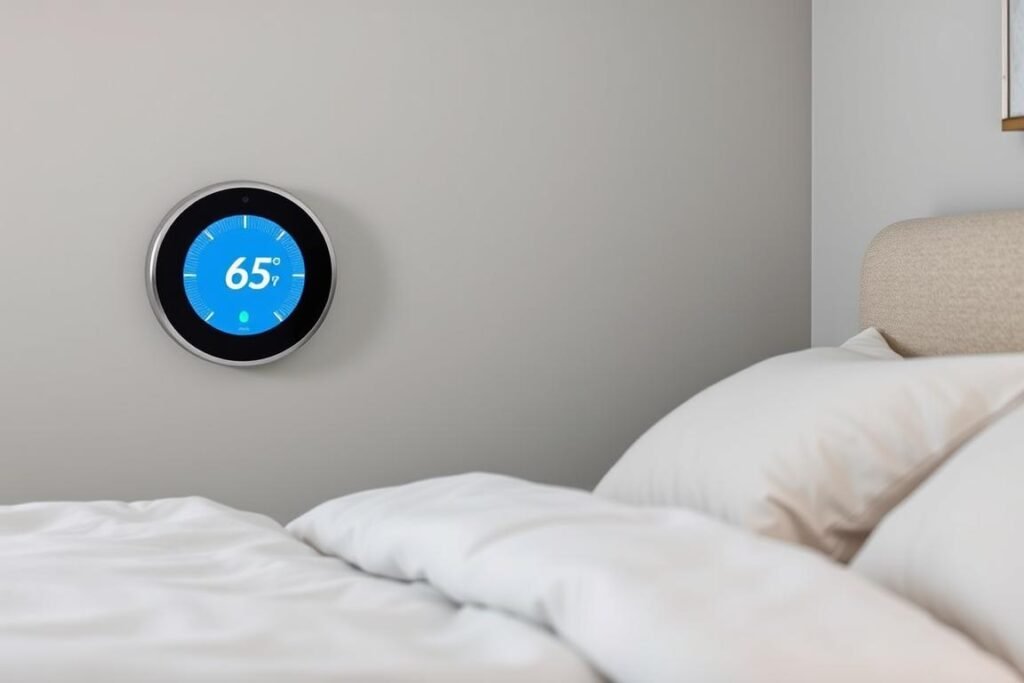
For those who experience night sweats or hot flashes, cooling pillows and mattress pads that use phase-change materials can provide significant relief and improve sleep quality dramatically.
4. Noise Pollution: The Subtle Sleep Disruptor
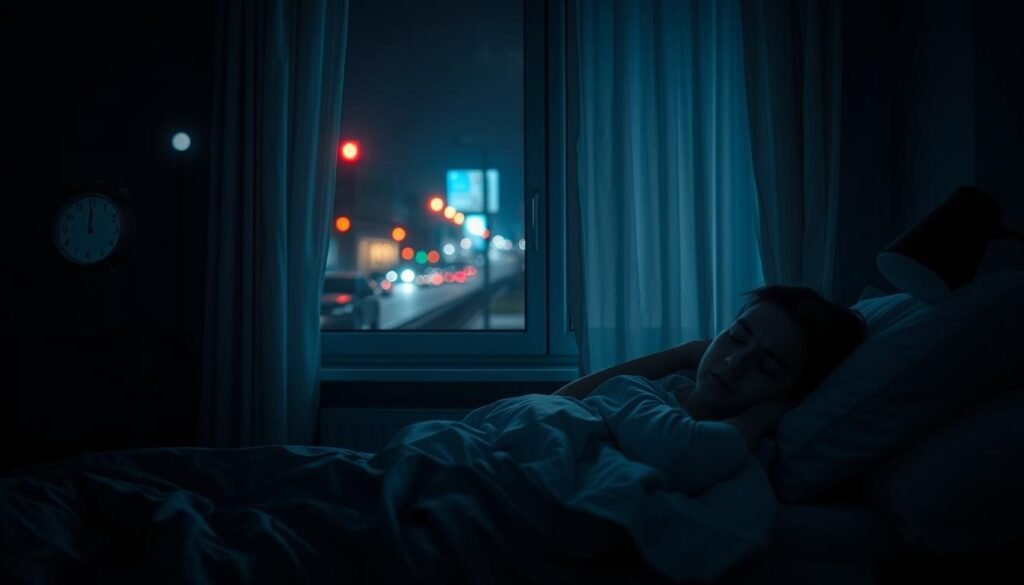
Even when you think you’ve “tuned out” background noises, your brain continues to process sounds during sleep. Research published in the journal Sleep Medicine Reviews shows that noise as low as 33 decibels (equivalent to a whisper) can shift you from deep sleep to lighter sleep stages without fully waking you.
Common bedroom noise pollutants include street traffic, household appliances, ticking clocks, snoring partners, and even the subtle electronic hum from devices in standby mode. These sounds create micro-awakenings throughout the night that fragment your sleep cycles and reduce overall sleep quality.
A World Health Organization study found that nighttime noise exposure above 40 decibels is associated with adverse health effects, including cardiovascular issues, impaired cognitive performance, and increased stress hormone levels—even when people report “sleeping through” the noise.
Solutions for Noise-Related Sleep Disruptions:
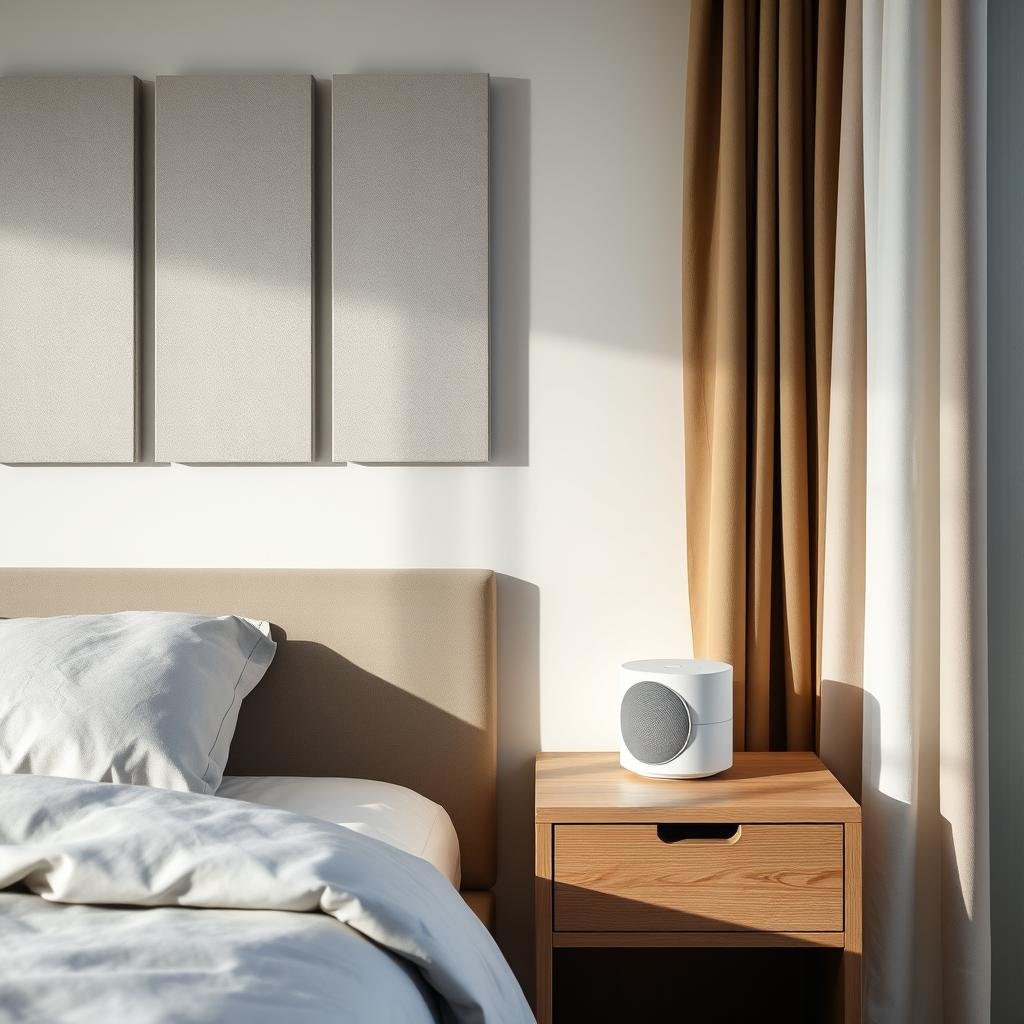
Use a white noise machine or app to create consistent background sound that masks disruptive noises. The steady, uniform sound helps your brain filter out sudden changes in noise that typically trigger alertness.
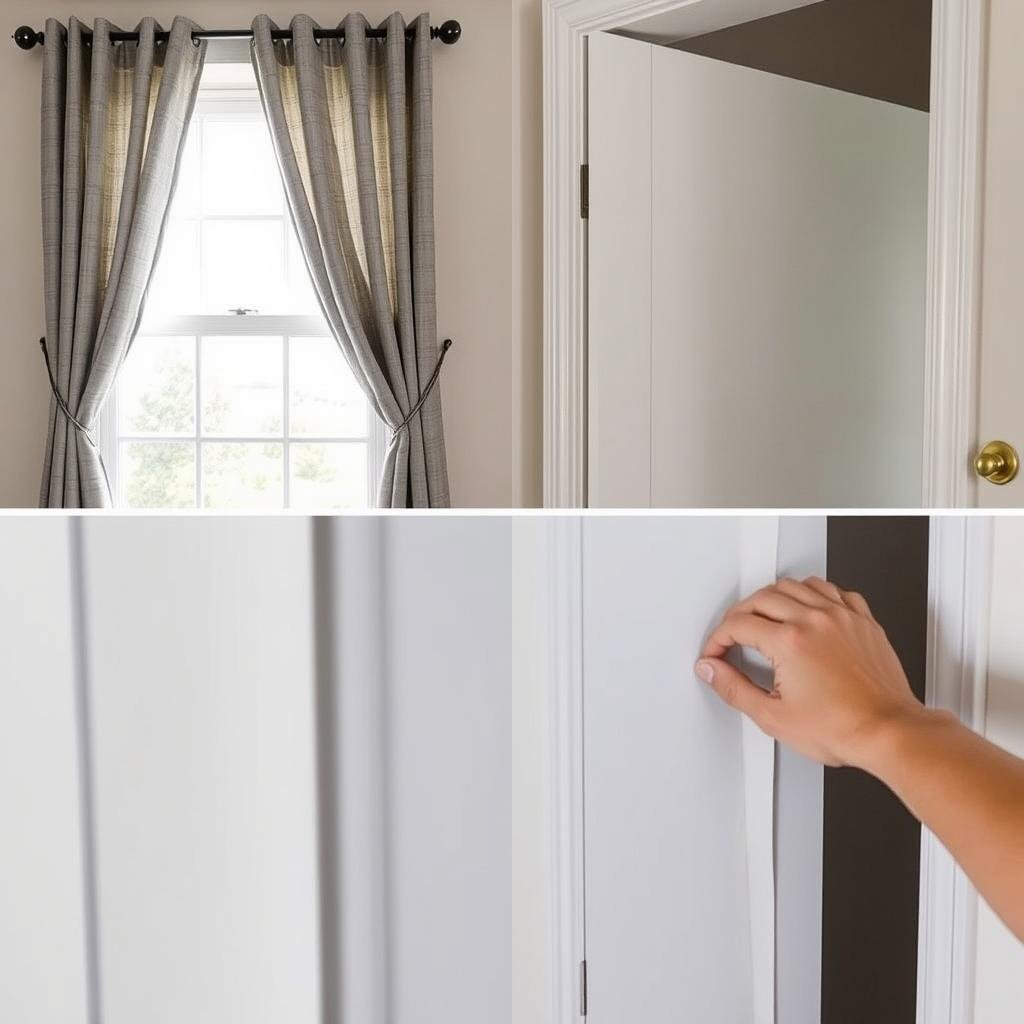
Install acoustic curtains, door sweeps, and weatherstripping to reduce sound transmission from outside. These simple modifications can reduce noise levels by 5-10 decibels, making a significant difference in sleep quality.
5. Clutter and Disorganization: The Mental Sleep Barrier
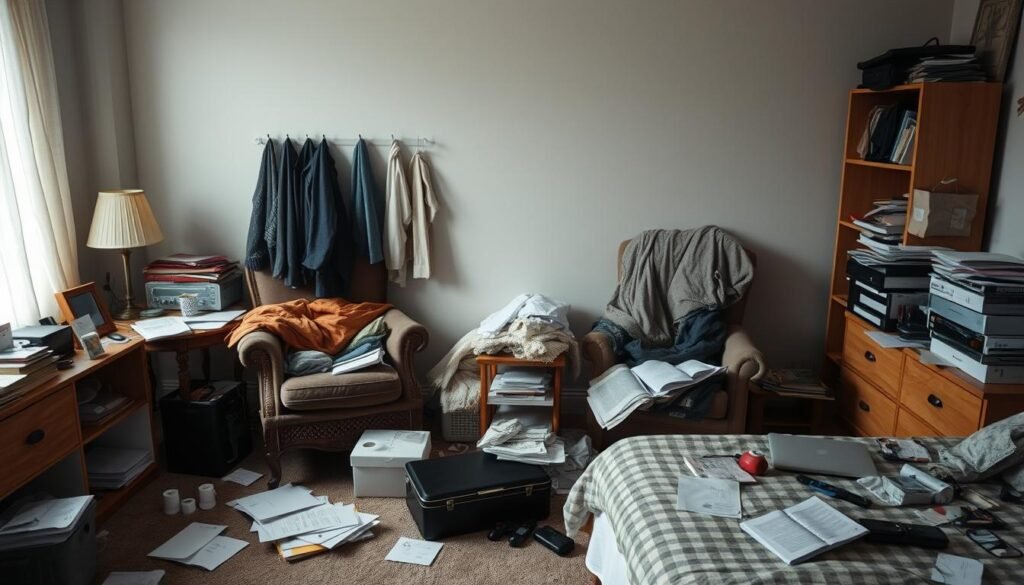
The state of your bedroom directly impacts your mental state at bedtime. Research from Princeton University’s Neuroscience Institute found that visual clutter competes for your attention and increases cognitive load, making it harder for your brain to relax and process the day’s information.
When your bedroom contains reminders of unfinished tasks, work materials, or general disorganization, your brain remains in an active, problem-solving mode instead of transitioning to rest. This creates a state of low-grade stress that elevates cortisol levels and delays sleep onset.
A study published in the journal Sleep found that participants who described their bedrooms as “cluttered” or “unfinished” took an average of 19 minutes longer to fall asleep and reported more fragmented sleep throughout the night compared to those with organized sleep spaces.
Solutions for Clutter-Related Sleep Issues:
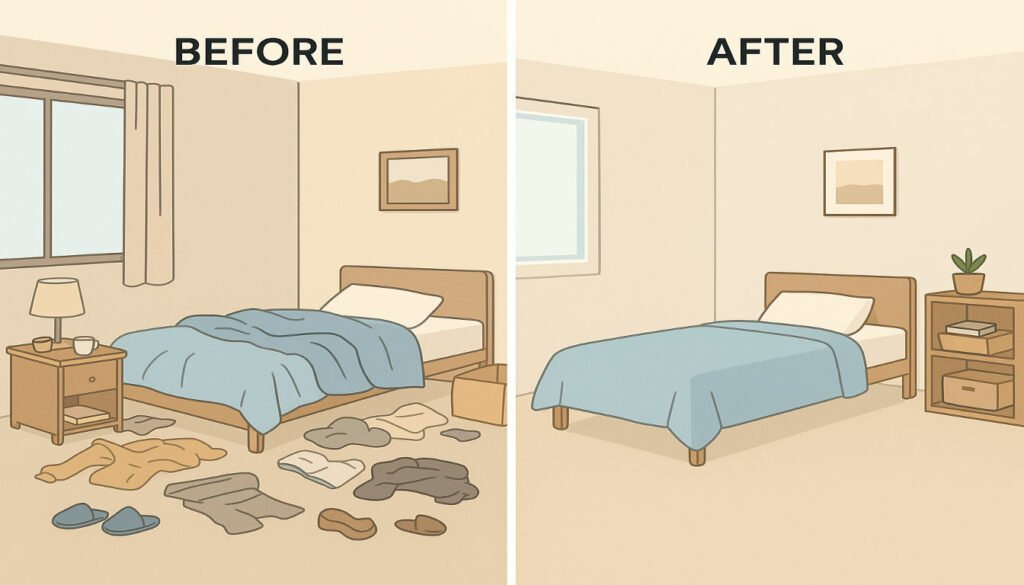
For those who work from home, it’s especially important to create visual separation between work and sleep spaces. If your bedroom must double as an office, use a screen, curtain, or cabinet that can close off work areas when it’s time to sleep.
Comprehensive Approach to Eliminating Sleep Destroyers
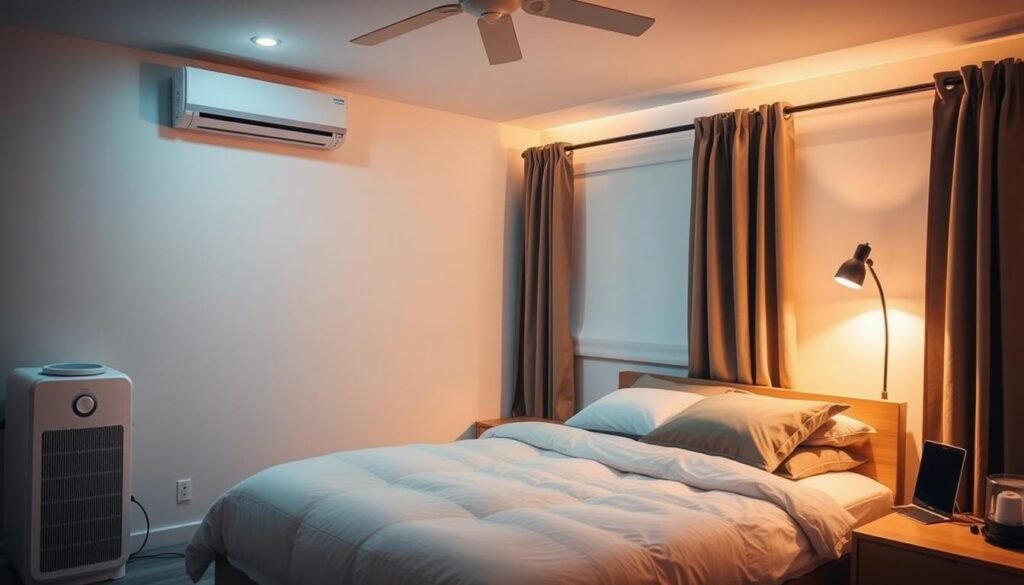
While addressing individual sleep destroyers can significantly improve your rest, the most powerful approach combines multiple strategies to create a comprehensive sleep sanctuary. The interconnected nature of sleep disruptors means that improvements in one area often enhance the effectiveness of others.
For example, reducing bedroom temperature not only improves sleep directly but also discourages dust mites and mold growth, enhancing air quality. Similarly, removing electronic devices eliminates both blue light exposure and subtle noise pollution from humming electronics.
Sleep experts recommend conducting a complete “sleep environment audit” every three months to identify new potential disruptors and maintain optimal conditions for restorative sleep.
Transform Your Sleep With Expert Guidance
Ready to take your sleep quality to the next level? Our comprehensive “Sleep Hacking” ebook provides advanced strategies beyond what we’ve covered here, including detailed sleep-tracking methods, chronotype optimization, and personalized supplement protocols based on your specific sleep challenges.
Reclaim Your Sleep, Reclaim Your Life
The hidden sleep destroyers in your bedroom may seem insignificant individually, but their cumulative effect can dramatically impact your health, mood, and cognitive function. By systematically addressing these five key areas—electronic devices, air quality, temperature, noise, and clutter—you can transform your bedroom into the sleep sanctuary it was meant to be.
Remember that quality sleep isn’t a luxury—it’s a biological necessity. Even small improvements to your sleep environment can yield significant benefits to your overall wellbeing. Start with the solutions that seem most relevant to your situation, and gradually implement others as you continue your journey toward better sleep.
Your bedroom should be your body’s signal that it’s time to rest and recover. By eliminating these hidden sleep destroyers, you’re not just improving your nights—you’re enhancing your days and investing in your long-term health.

